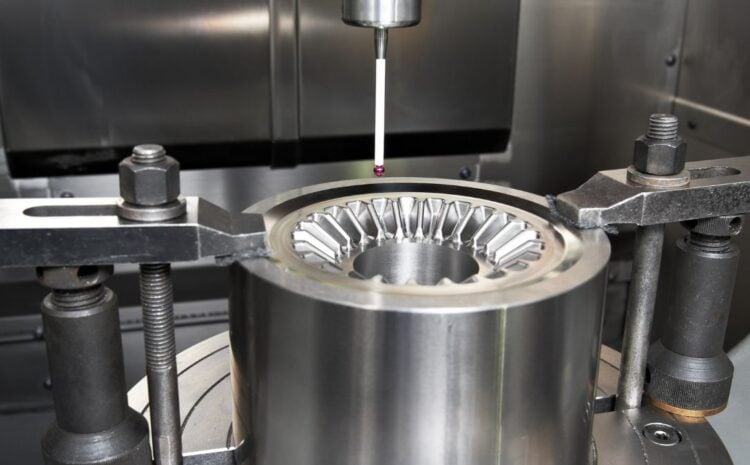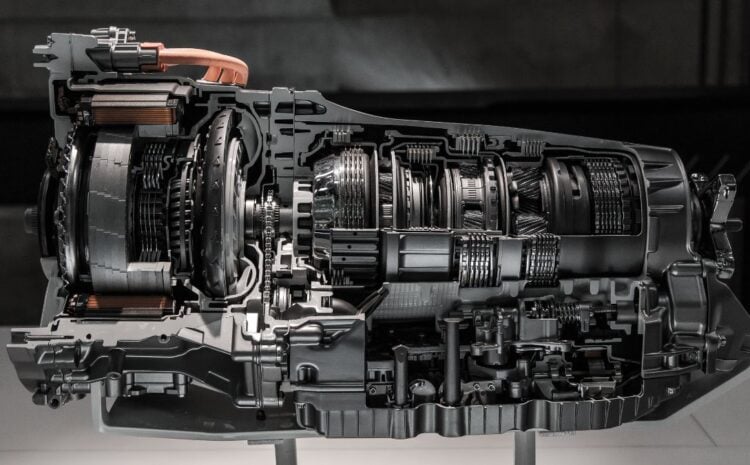Gears are crucial parts of numerous mechanical systems, including those found in industrial machinery and cars. The performance and durability of the gear are greatly influenced by the kind of gear material utilized in its manufacture. Aluminum is one material that has grown in prominence over time. We shall examine the characteristics, uses, and production of aluminum gears in this article.
Properties of Aluminum Gears
Since aluminum is a lightweight material with a great strength-to-weight ratio, it is a great option for constructing gears, among other things. Aluminum has good corrosion resistance in addition to being lightweight, making it suited for use in situations with a lot of moisture or chemicals. Moreover, aluminum has a high thermal conductivity, which makes it able to quickly disperse heat, a crucial aspect of gear performance.
Aluminum also has a high wear resistance, which is improved by using particular alloys. A good example of this is the remarkable wear resistance of aluminum gears with a high silicon content, which makes them ideal for high-speed applications.
Applications of Aluminum Gears
Aluminum gears are appropriate for a variety of applications in a number of sectors due to their lightweight and resistance to corrosion. The automotive industry is one of the key sectors that uses aluminum gears. Automobiles using aluminum gears have lighter overall constructions, which enhances fuel economy and lowers pollutants.
The aircraft sector also uses aluminum gears. They are perfect for airplane components because of their small weight since weight reduction is crucial. Aluminum is a corrosion-resistant material that can be used in transmissions and engines for aircraft.
Industrial equipment including pumps, compressors, and conveyors also uses aluminum gears. Because they are lightweight and wear-resistant, these gears are frequently utilized in low-load and high-speed applications.
Manufacturing
Aluminum gears are produced using a variety of manufacturing processes, including casting, machining, powder metallurgy, and extrusion.
Aluminum is melted and poured into a mold during the casting process to produce the desired shape. This method may create gears of various sizes and shapes at a reasonably inexpensive price. Yet, the quality of the mold that is utilized has a significant impact on the gear that is cast.
Another manufacturing technique employed in the creation of aluminum gears is machining. The aluminum will be cut with cutting tools and shaped to the proper size and shape. Casting cannot create gears with the same accuracy and quality as machining, which is more accurate. But, it takes a lot of time and is relatively expensive.
The process of creating gears from powdered metal is known as powder metallurgy. This method enables the creation of complexly shaped gears with exceptional wear resistance. Moreover, powder metallurgy is economical, making it appropriate for the fabrication of numerous gears.
A billet of aluminum is pushed through a die during the extrusion process in order to create the desired shape. This method is used to create gears with a consistent cross-section and a square shape.
Advantages and Disadvantages
The small weight of aluminum gears is one of its main benefits. Aluminum gears’ lighter weight improves fuel economy and lowers pollutants in the automotive sector. Aluminum gears are also suited for usage in extreme settings, such as chemical and marine applications, due to their resistance to corrosion. In comparison to other materials, aluminum gear production is also quite inexpensive.
Aluminum gears can have some drawbacks, though. Its poor fatigue strength, which limits its ability to bear loads, is one of its main drawbacks. Aluminum gears are therefore not appropriate for high-load applications. Aluminum is also inappropriate for applications requiring heat insulation due to its thermal conductivity.
Conclusion
The wide range of characteristics that aluminum gears have makes them an excellent option for numerous applications in numerous sectors. They are appropriate for application in the automotive, aerospace, and industrial machinery industries thanks to their lightweight qualities, high corrosion resistance, and wear resistance. Casting, machining, powder metallurgy, and extrusion are some of the production techniques utilized to create aluminum gears; each has pros and cons.
Aluminum gears have benefits, but they can also have drawbacks. Its limited load-carrying capacity and low fatigue strength render it unsuitable for high-load applications. Aluminum gears have advantages over drawbacks, and their use in numerous applications is expanding.
In conclusion, because of their qualities, such as their lightweight and corrosion resistance, aluminum gears are a good alternative for many applications. They are produced through casting, machining, powder metallurgy, and extrusion and are widely used in a variety of sectors. Although one of their drawbacks is that they have a low fatigue strength, their benefits nevertheless make them the material of choice for many mechanical systems.



